Nélia, seamstress at the Municipal Market of Faro for five years and who has been working in the profession for 45 years, he continues to arrange clothes every day. She is 58 years old and has been doing this work since she was a little girl.
But, with the appearance of very cheap clothes from well-known brands, it is becoming easier to buy another piece than to have arrangements made, as was done before. Therefore, clothing is becoming disposable. How is the work of a seamstress affected by this?
“I still have the same clothes to fix. Most people continue to understand that it is better to repair than to buy new and I completely agree”, said Nélia.
In his experience, the day-to-day customer is, for the most part, made up of young people, contrary to popular belief. For this reason, many of the pieces of clothing in which he arranges are from cheap clothing brands aimed at a younger audience.
“Clothes are very cheap, maybe a blouse costs 5 euros and I add another 5 euros to make the desired arrangement, but I can't change the price of my work because what I do is the same for a 5-euro blouse and a 50 euro blouse,” he added.
The seamstress herself says that she buys her clothes in these same stores, and recognizes the seduction that the low price of the pieces brings: “I myself buy cheap, and I recognize that it is attractive, due to the seduction of the low price”.
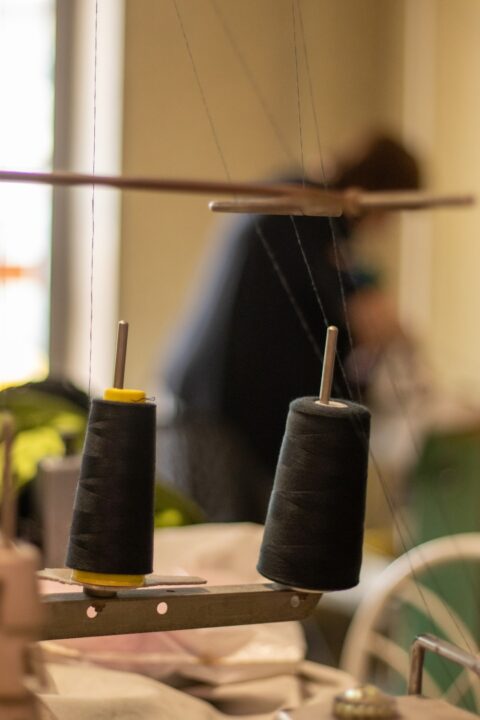
But, when asked what she thinks of the clothes that are bought at such low prices, she doesn't hesitate to give her opinion: “they don't have quality!”
These companies achieve these low prices on their products because they use the “Fast Fashion” model, which consists of products being manufactured, used and discarded – literally – quickly. This clothing sales model has generated some concern, as it encourages increased consumption and often resorts to forced labor, including that of children, in countries such as Cambodia, Bangladesh, among others.
There is also the environmental problem. According to Forbes, the clothing sector is responsible for 10% of carbon emissions and is the second largest pollutant in the world, surpassed only by the burning of fossil fuels.
For the production of polyester, which is the main material used for the production of garments by these companies, around 70 million barrels of oil are used per year.
In addition to the impact of production, there is the problem of being disposable, which means that these garments often end up in landfills after a short life of use.
Researchers from the universities of Columbia and Georgetown, in the United States, published an article in Journal of Marketing which examines how consumers can adopt a more sustainable consumer lifestyle by choosing products that last longer.
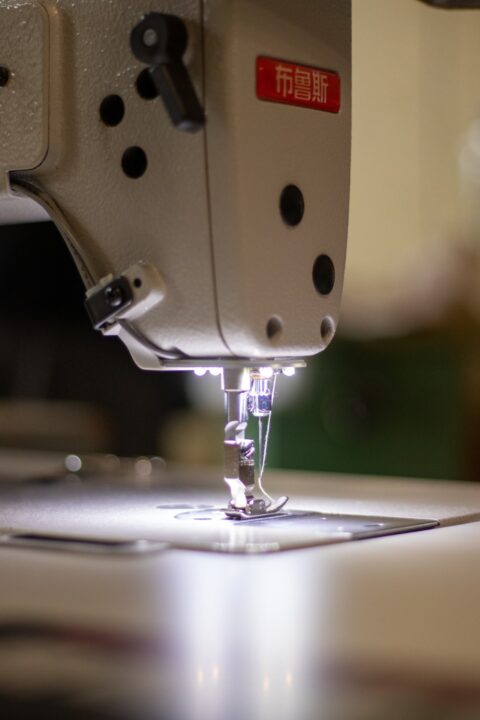
But how can we adopt the style of “Slow Fashion”?
According to the website of “Laurastar” – a producer of irons and ironing boards, among others – you should avoid buying too many clothes at once, choosing quality over quantity. Due attention should also be given to how the product was made and who made it, to avoid funding forced and often unpaid labour.
Other advice to reduce unnecessary consumption of all the goods needed to manufacture low-priced clothes is to donate clothes that no longer fit us, thus extending their useful life.
If you need to change clothes or repair them, you should take them to a seamstress, like our interviewee Nélia. Her store, number 12, is located on the ground floor of the Mercado Municipal de Faro, being open every day from 9 am to 00 pm.
Text and photos by João Galego, carried out within the scope of the Professional Photography 21|23 course at ETIC_Algarve, School of Technologies, Innovation and Creation of the Algarve.


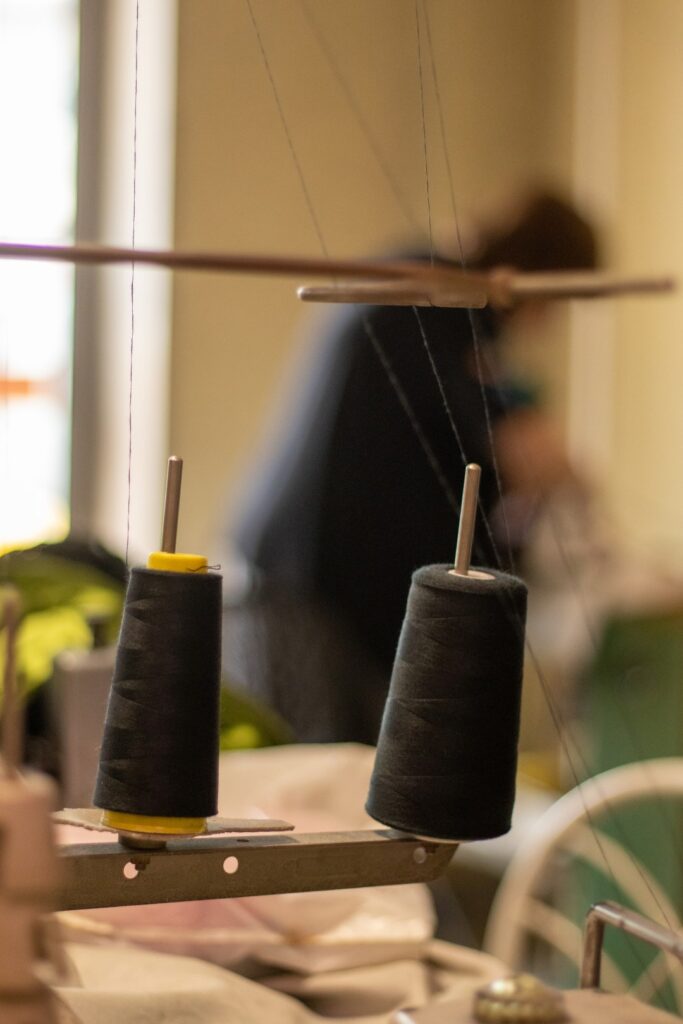
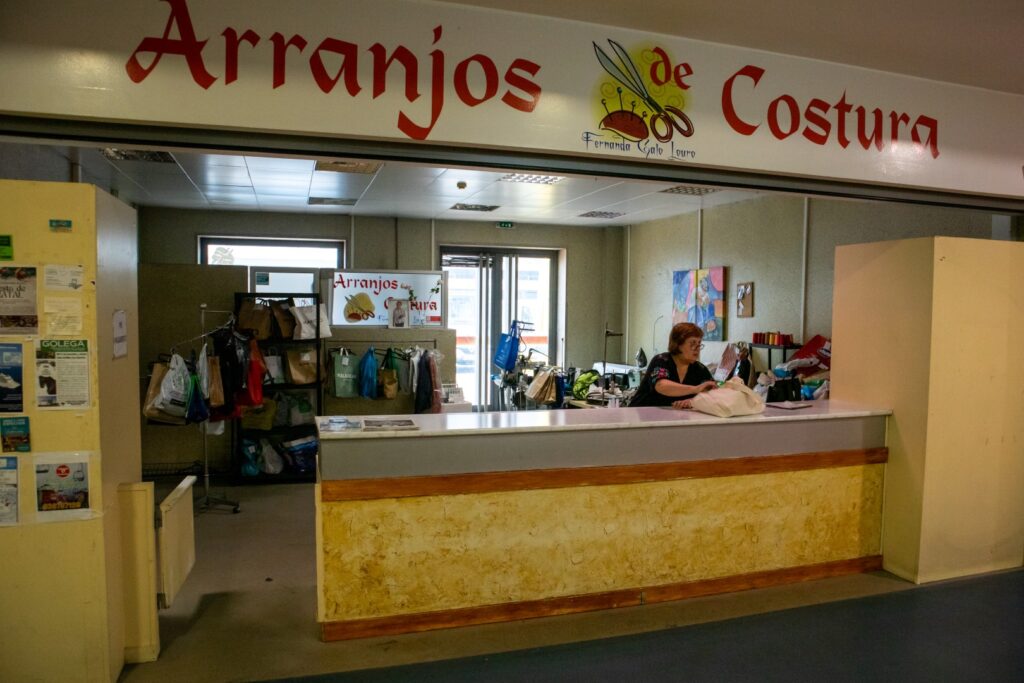
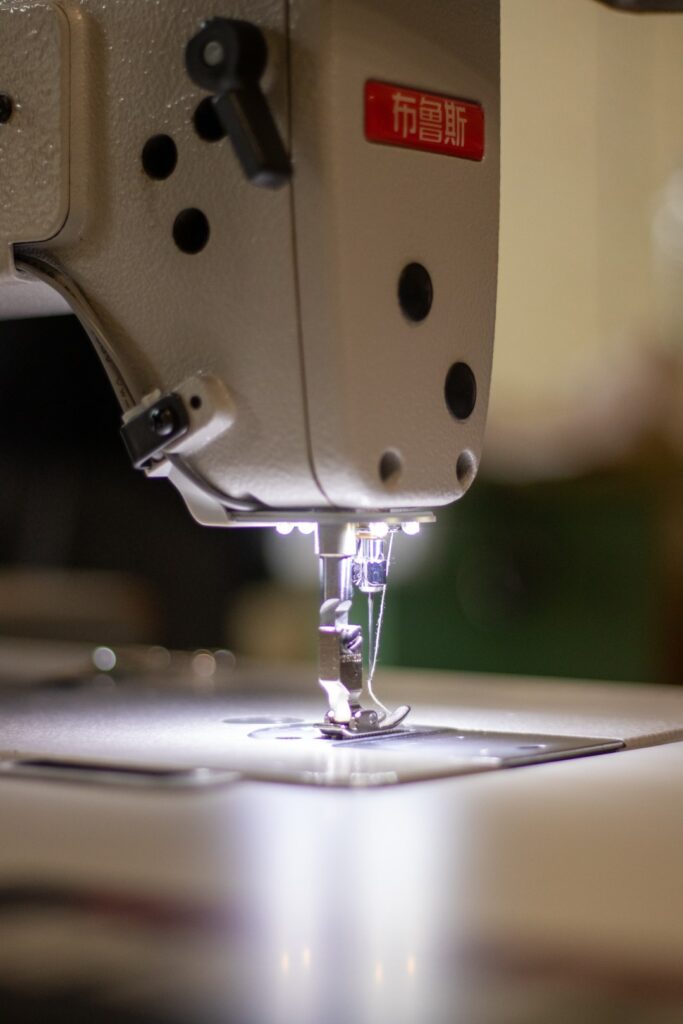
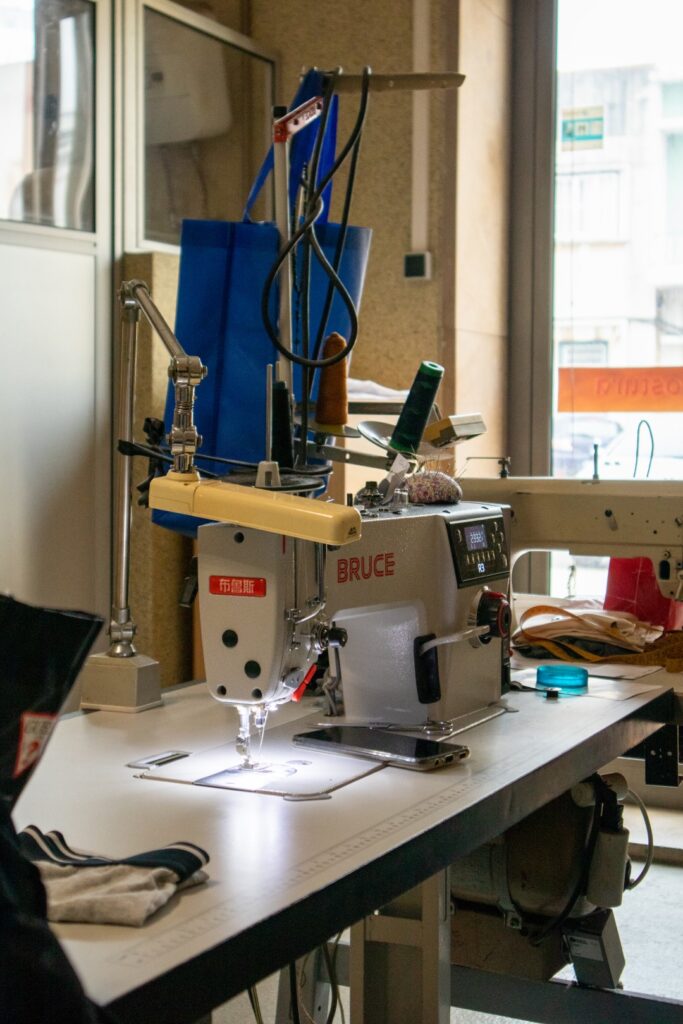

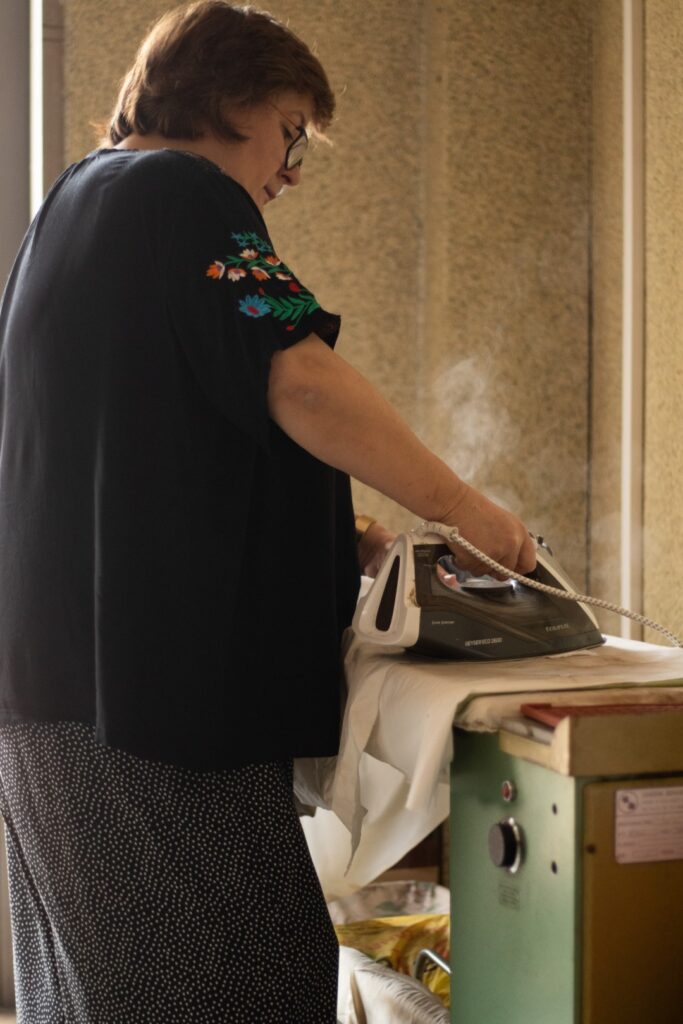
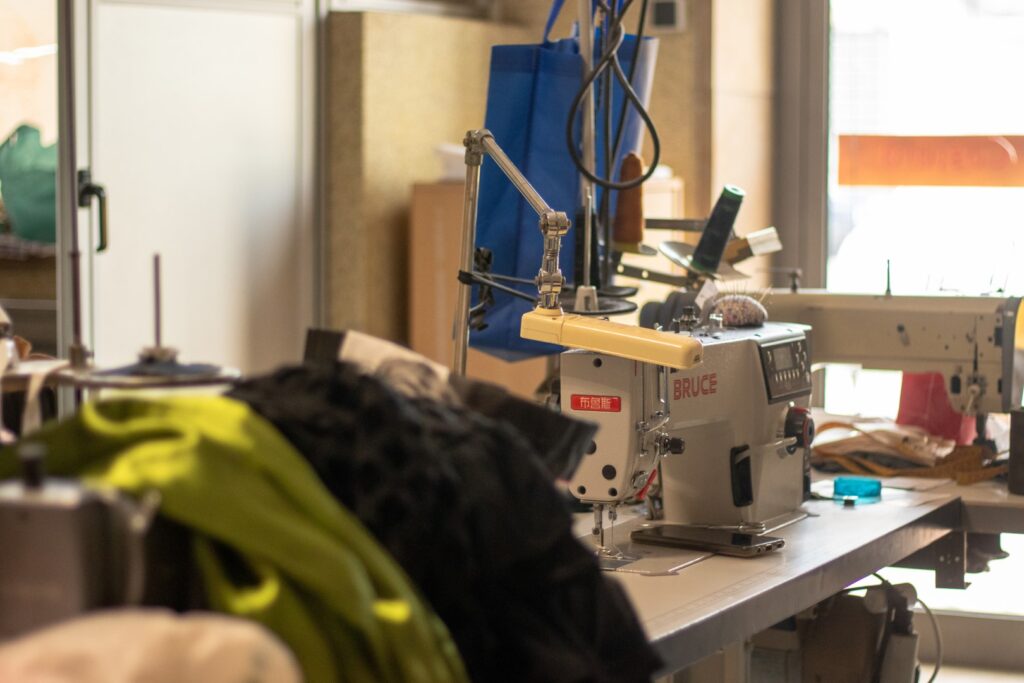
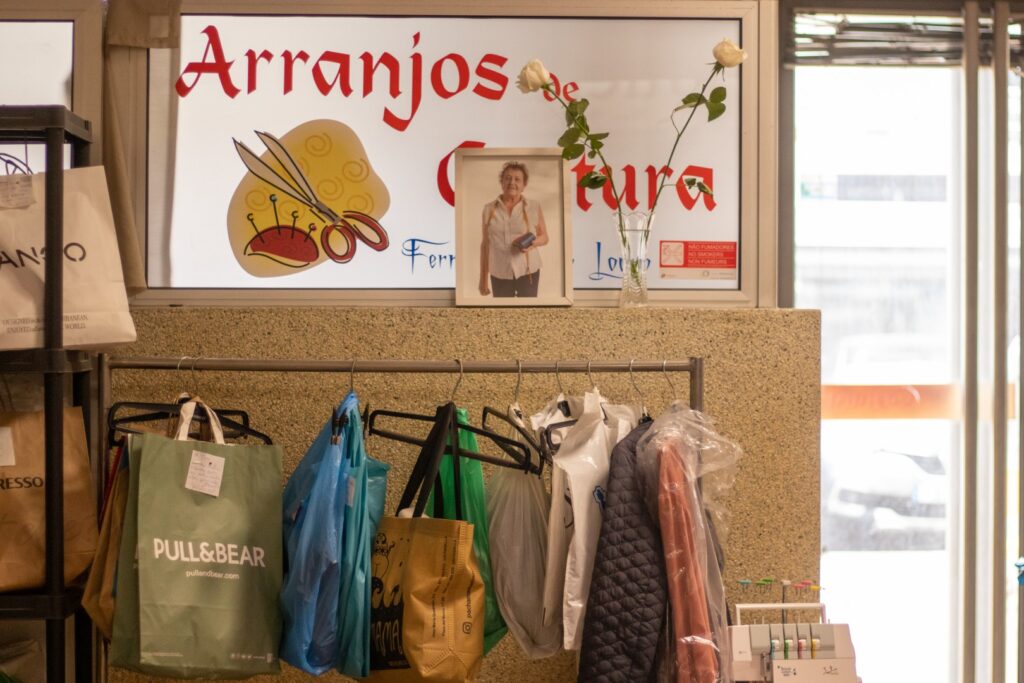
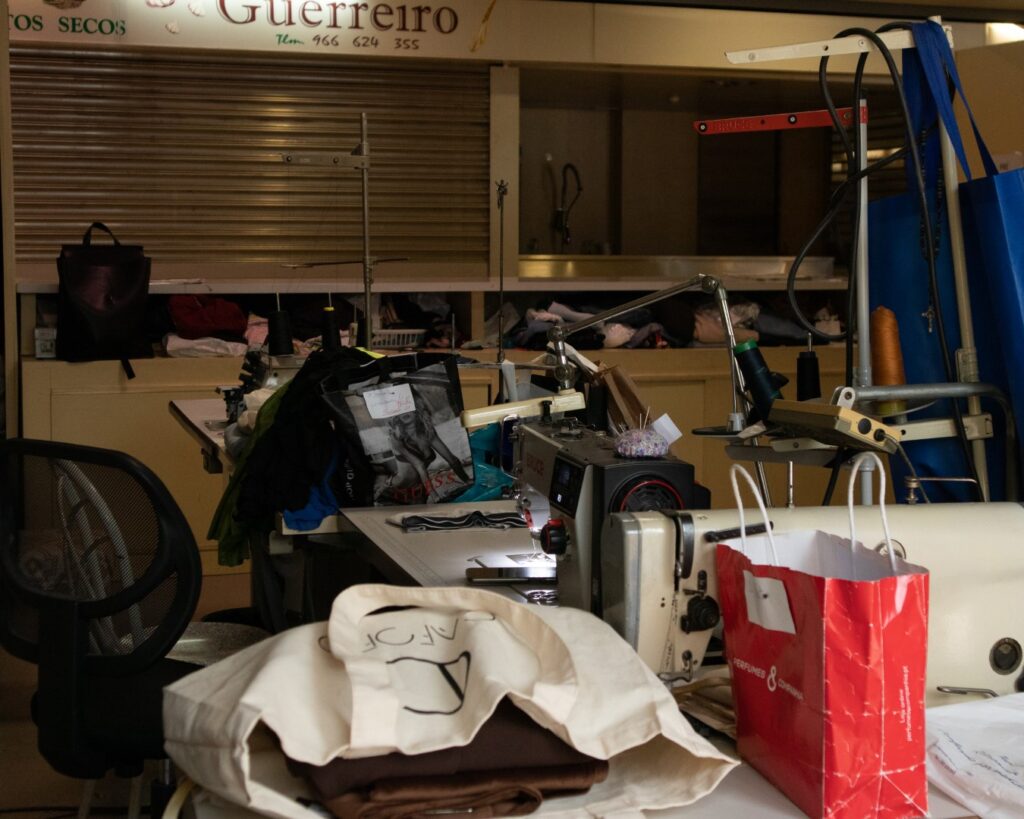
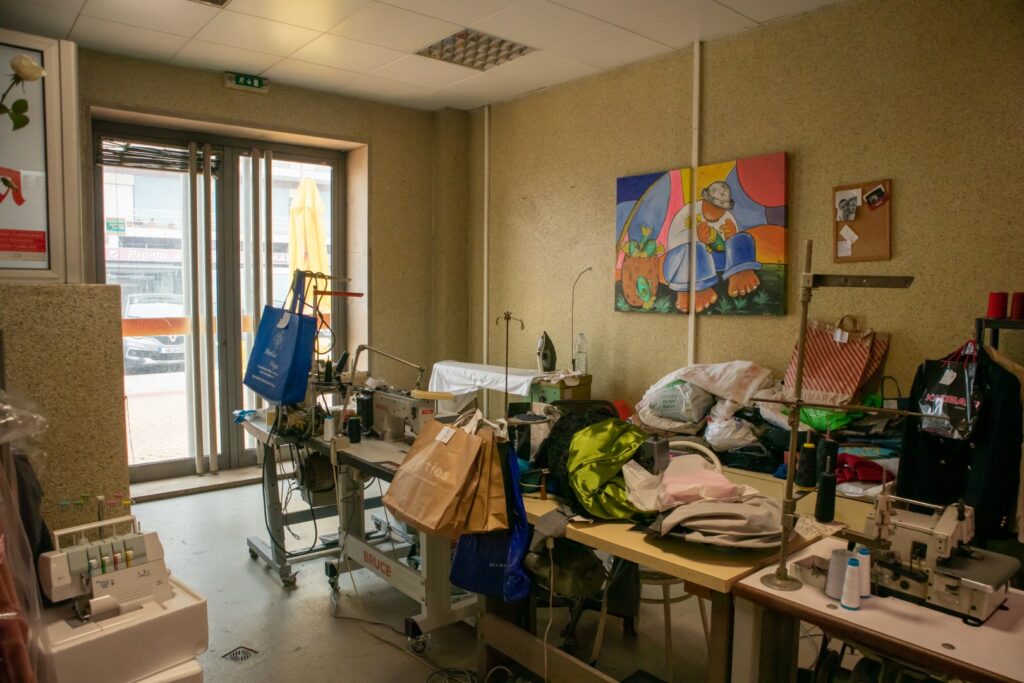


















Comments